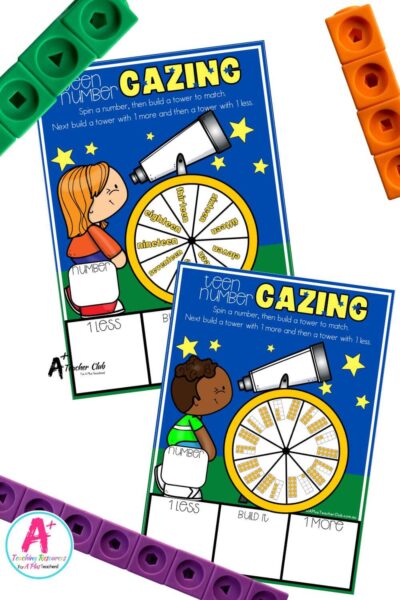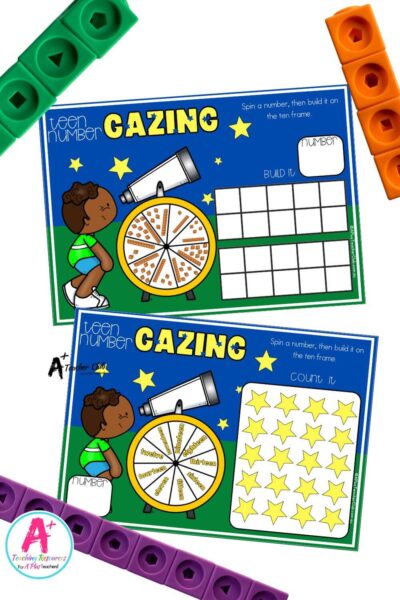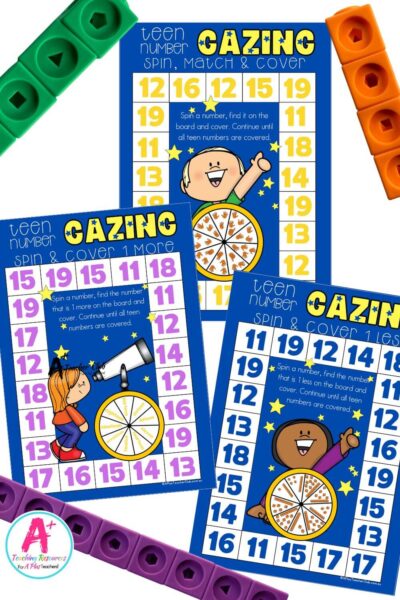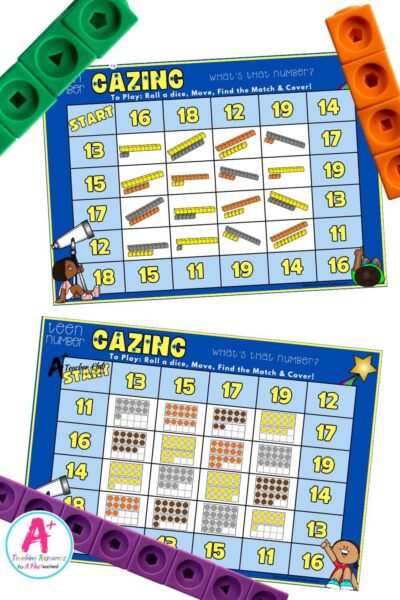Star Gazing Theme – Teen Number Games Fun Ways to Learn Numbers 11–19
Number Sense
Teen numbers are one of the most commonly misunderstood number ranges in Foundation and Year 1. But when we embed learning into play-based games, students engage more deeply—and retain what they learn.
This collection of Star Gazing Teen Number Games is designed to make numbers 11 to 19 feel exciting, not confusing. With stars, constellations, and space missions built into each game, your students will love exploring these tricky numbers while reinforcing key maths concepts.
Why Games Help Build Teen Number Understanding
Teen numbers introduce place value in a new way—one group of ten and some extra ones. But because of the irregular names (like eleven and twelve) and visual confusion (e.g. 13 vs 31), many students need repeated, meaningful exposure.
Using games turns repeated practice into something students want to do. They allow:
- Multiple representations (visual, verbal, tactile)
- Peer collaboration and discussion
- Motivation through theme-based play
How These Games Support Learning
These teen number games are designed to help students learn:
- Teen numbers are made of one ten and some more ones
- Example: 14 = 10 + 4
- The digit ‘1’ in the tens place represents one group of ten
- Students must understand this is not just “1” as in one object
- Teen numbers can be built with physical materials
- Using MAB blocks, ten frames, pop sticks, linking cubes, etc.
- Teen numbers can be represented in multiple ways
- Standard numeral (14), word (fourteen), tens and ones, ten frame, tally marks
- Teen numbers follow a pattern but have irregular names
- Especially 11 and 12, which don’t follow the “-teen” pattern
- Teen numbers are different from ‘ty’ numbers
- 13 (1 ten + 3) vs 30 (3 tens + 0); students often confuse these
- Teen numbers are not two single digits put together
- Students may incorrectly think 1 and 4 means “one and four” instead of 14
- Teen numbers can be composed and decomposed
- E.g. 14 = 10 + 4, or 7 + 7, or 8 + 6 (exploring multiple combinations)
- Teen numbers come after 10 in the counting sequence
- Counting forward and backward across 10 supports understanding
- Teen numbers can be compared, ordered, and placed on a number line
Addressing Teen Number Confusion Through Play
Here’s how these games target common misconceptions:
| Common Issue | Game Support |
|---|---|
| Digit reversal (14 read as 41) | Clip cards and visual matching games |
| Irregular names (eleven, twelve) | Repetition through verbal play |
| Confusion with -ty numbers (13 vs 30) | Build and sort games showing place value |
| Lack of number sense | Star counters and visual models make it concrete |
Easy Ways to Use These Games in the Classroom
- Add to your maths rotations or morning tubs
- Perfect for parent helpers or early finishers
- Set up a Space Station Maths Centre for small groups
- Use in intervention for students struggling with number structure
- Pair with space-themed storybooks for integrated learning
Final Thoughts
With these Star Gazing Teen Number Games, your students won’t just memorise teen numbers—they’ll understand them. The combination of visual modelling, counting play, and imaginative themes makes this pack a powerful tool for early number learning.
Download your set today and launch teen number learning into orbit!
Resources listed in this collection
Click to jump to...Teen Number Games
Explore tags
More Teen Number Activities
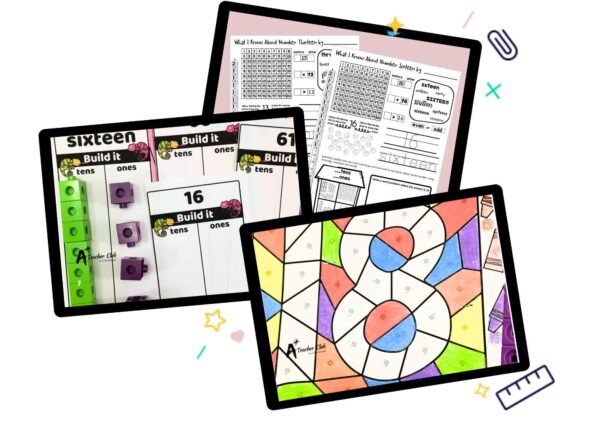
Teen Numbers - Worksheets
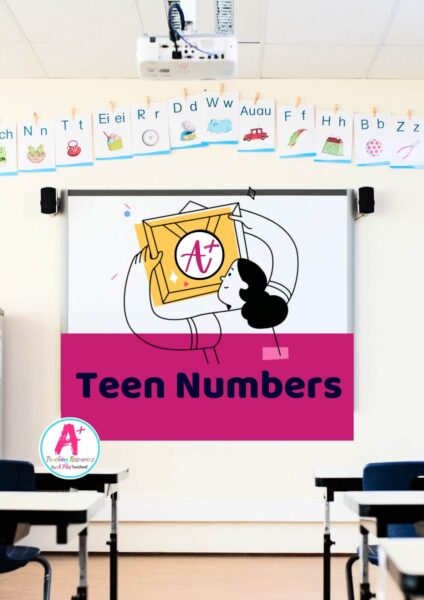
Teen Numbers Collection

Teen Numbers - Construction Theme
Can't find what you're looking for?
Send us a request! Use this form to request a resource. Please give details of the learning area, topic, year level, curriculum links. We’ll be happy to take a look to see if we can fit it in. Unfortunately a request does not guarantee we will be able to make it!
"*" indicates required fields

